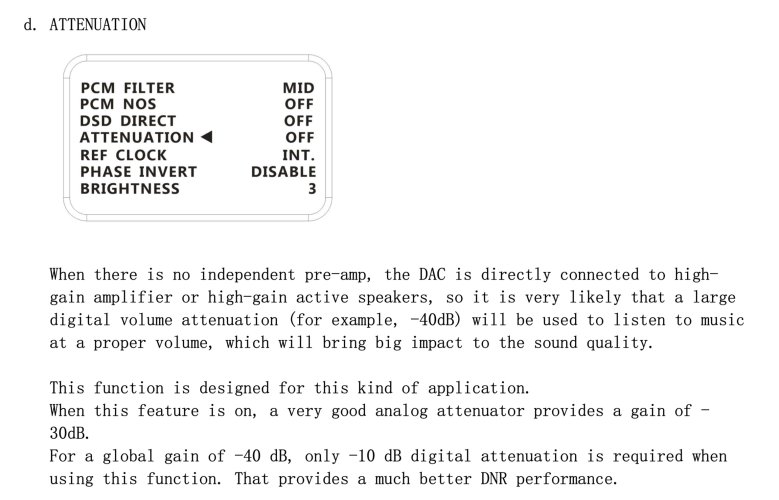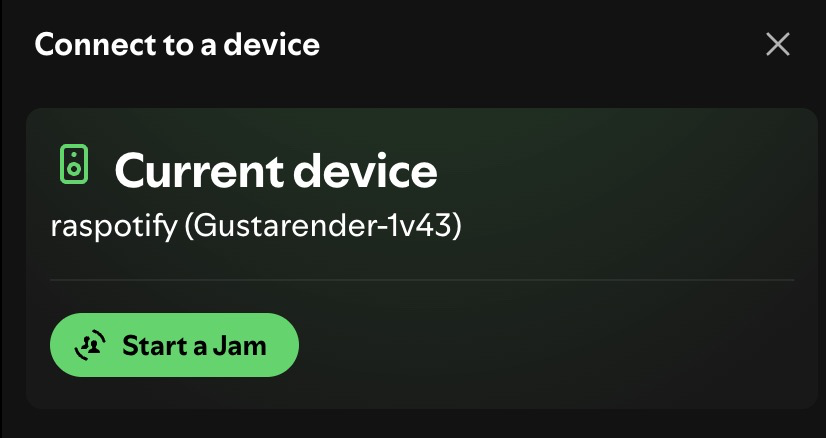incredulousity
Headphoneus Supremus
I did the FMC+Finisar mod a month back. Me and my wife then did some A/B testing with and without the FMCs and both felt the FMCs improved the sound a bit. I subsequently got a Soncoz LP1 liniear power supply. I am using all three outputs of it. One 5v is feeding the clean side FMC, the other 5v is feeding a Luster MoCA 2.5 adapter (I have old coaxial wiring in the walls and use that for internet throughout the house) and the 12v feeds my Netgear GS108E switch. Haven't found the time to test if the lps brings any benefits to sq, simply went with what many people were advising. All my ethernet cables are cheap and cheerful cat5 and cat6 affairs. I have only one cat8 which is also a 10 euro piece and I have put that on the clean side going to the R26.
I see that many of the aftermarket ethernet cables have silver either on the connectors or on the conductor itself. Since silver is generally associated with emphasising the higher frequencies I am bit reluctant to go that route. I feel that the R26 with my setup is airy enough and body is generally leaner than what I have experienced with some other dacs so I do not want to push further in that direction. Maybe someone can recommend a mid tier ethernet cable that is all copper.
These nice Cat8 cables from Amazon…
https://a.co/d/1Q1VxZL
Last edited:




















